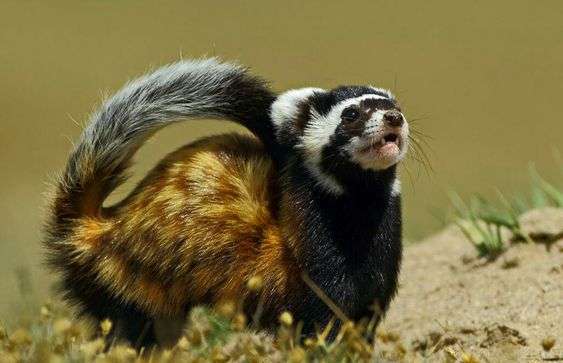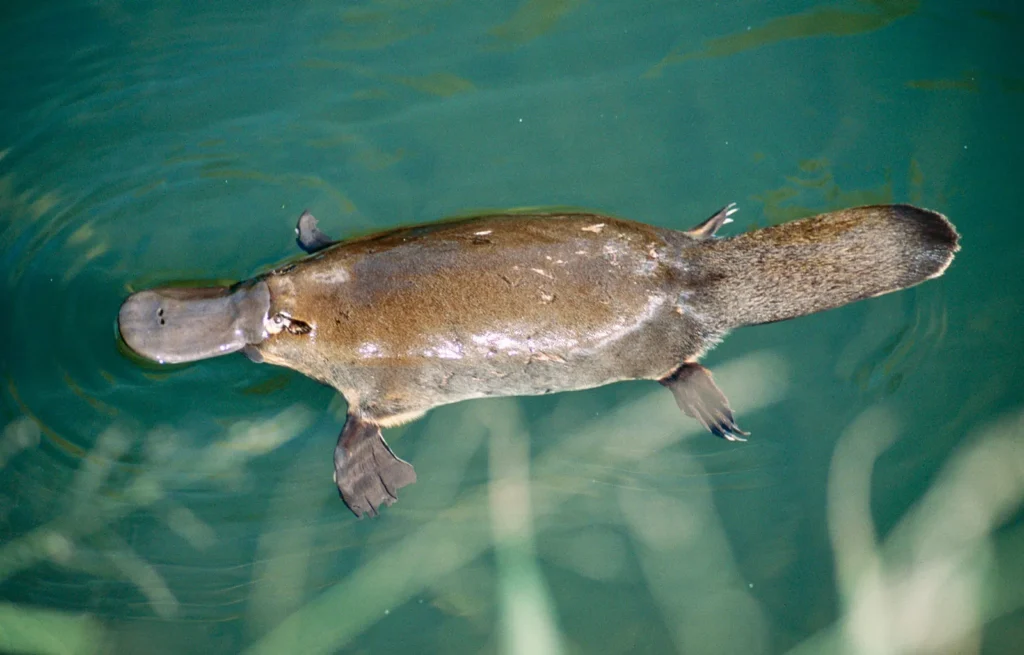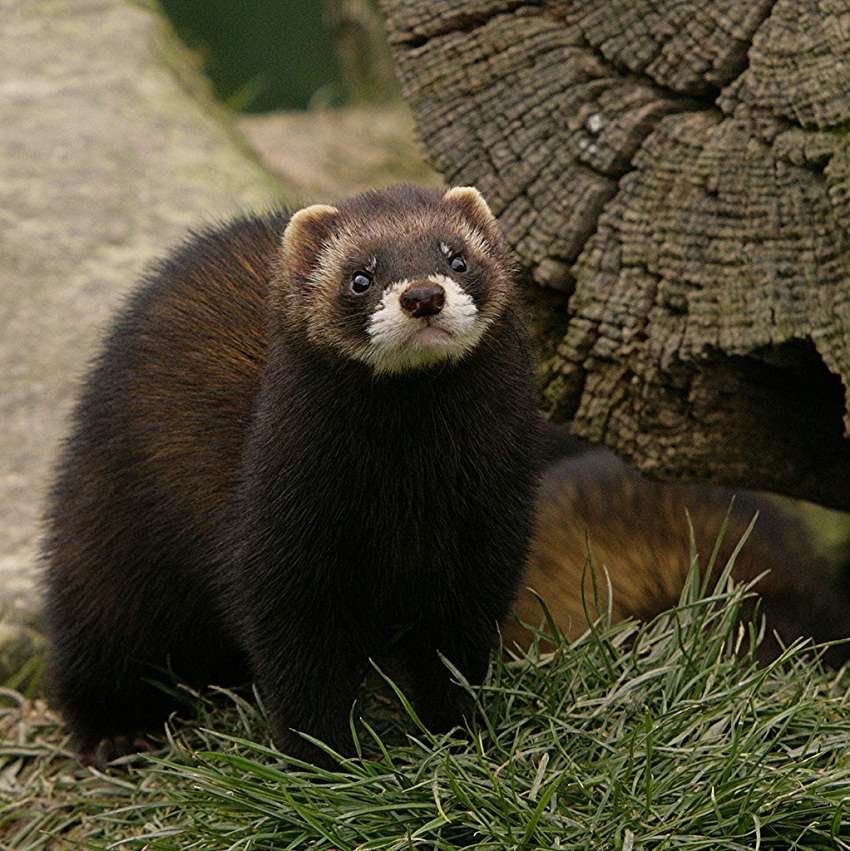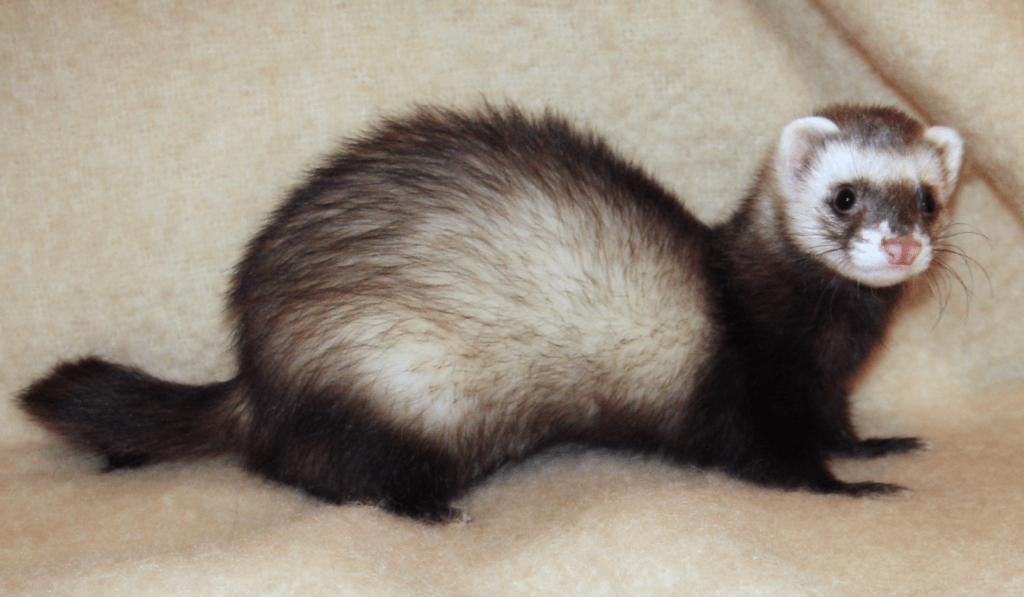
Description
Scientific Name: Vormela peregusna
The Marbled Polecat (Vormela peregusna), a tiny mammal, is a member of the Mustelidae subfamily and is a member of the monotypic Vormela genus. A little mammal called the marbled polecat can be found in both Europe and Asia. These animals have huge, conspicuous ears and a small muzzle. The claws are long and powerful, while the limbs are short. The overall pelage is short, despite the tail’s length and its lengthy hair. The face is marked in white and black, with a white outline around the mouth and a black line across the eyes. The hair is yellow on the dorsum and is highly spotted with sporadic reddish or brown markings. The middle of the dark-brown tail has a yellowish stripe.
Habitat
Polecats with marbling can be found from southeast Europe to China and Russia. In highland valleys, low hill ranges, steppe terrain, and open desert, semi-desert, and semiarid rocky areas, they reside. Additionally, developed regions like melon patches and vegetable fields are home to marbled polecats.

Behavior
The marbled polecats are the most active in the morning and the evening. They rely on their keen sense of smell because they have weak vision. These animals are not extremely vocal, but they may communicate by making loud warning cries, grunts, and a prolonged submissive screech. The lonely marbled polecat roams widely within its native range at all times.
They often just spend one night in a shelter. When they come into contact with one another, they are typically hostile. When startled, marbled polecats will stand up straight on their hind legs, arch their backs, and curl their long, straight tails over their backs. Additionally, they have the ability to lift their heads, show their teeth, and hiss loudly or briefly. When threatened, these creatures can expel a foul-smelling substance from swollen anal glands beneath the tail. Polecats relax and reproduce in the burrows of huge ground squirrels or other comparable sized rodents. They might even construct their own dens or reside in tunnels used for subterranean irrigation.
As Pet/ In Captivity
They consume ground squirrels, mole rats, house mice, small hares, lizards, birds, fish, snails, frogs, and insects, in addition to other rodents. In addition to stealing fruit, grass, smoked meat, cheese, and small domestic poultry like hens and pigeons, these animals may also do so.
The maintenance of marbled polecats is not subject to any laws; however, in some regions of Europe, they are protected. There have been some attempts to pet this animal. These incidents have led to the conclusion that a marbled polecat pet might not be as affectionate. In captivity, they have demonstrated a tendency to adhere to dimly lit areas. A rather aggressive species can bite when provoked by human contact. Before domesticating them, it is important to take into account the anal glands’ offensive production when a threat is detected.
Table





